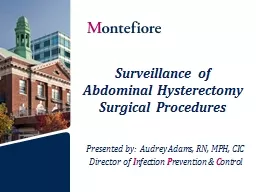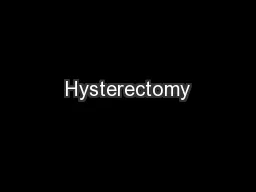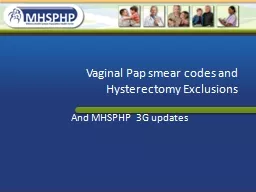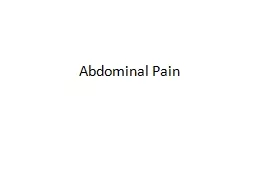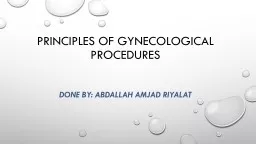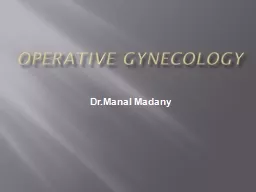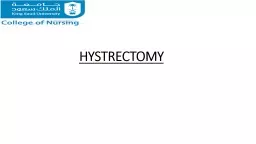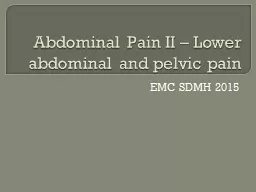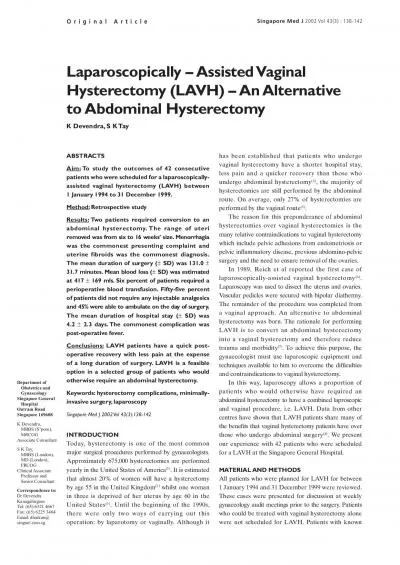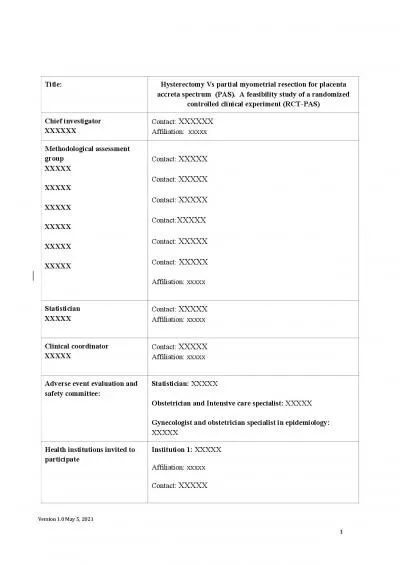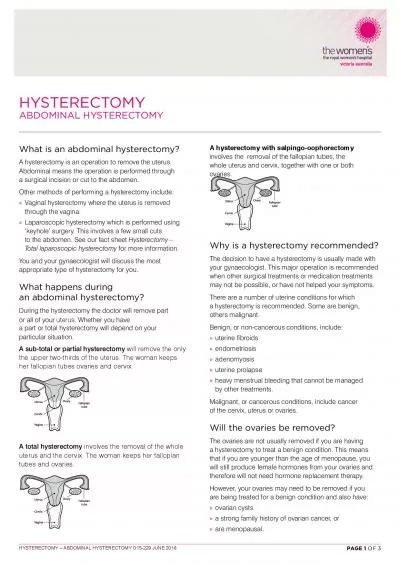PPT-Surveillance of Abdominal Hysterectomy
Author : wang | Published Date : 2022-02-10
Surgical Procedures Presented by Audrey Adams RN MPH CIC Director of I nfection P revention amp C ontrol Background of Hospital Acquired Infections HAI Significant
Presentation Embed Code
Download Presentation
Download Presentation The PPT/PDF document "Surveillance of Abdominal Hysterectomy" is the property of its rightful owner. Permission is granted to download and print the materials on this website for personal, non-commercial use only, and to display it on your personal computer provided you do not modify the materials and that you retain all copyright notices contained in the materials. By downloading content from our website, you accept the terms of this agreement.
Surveillance of Abdominal Hysterectomy: Transcript
Download Rules Of Document
"Surveillance of Abdominal Hysterectomy"The content belongs to its owner. You may download and print it for personal use, without modification, and keep all copyright notices. By downloading, you agree to these terms.
Related Documents

